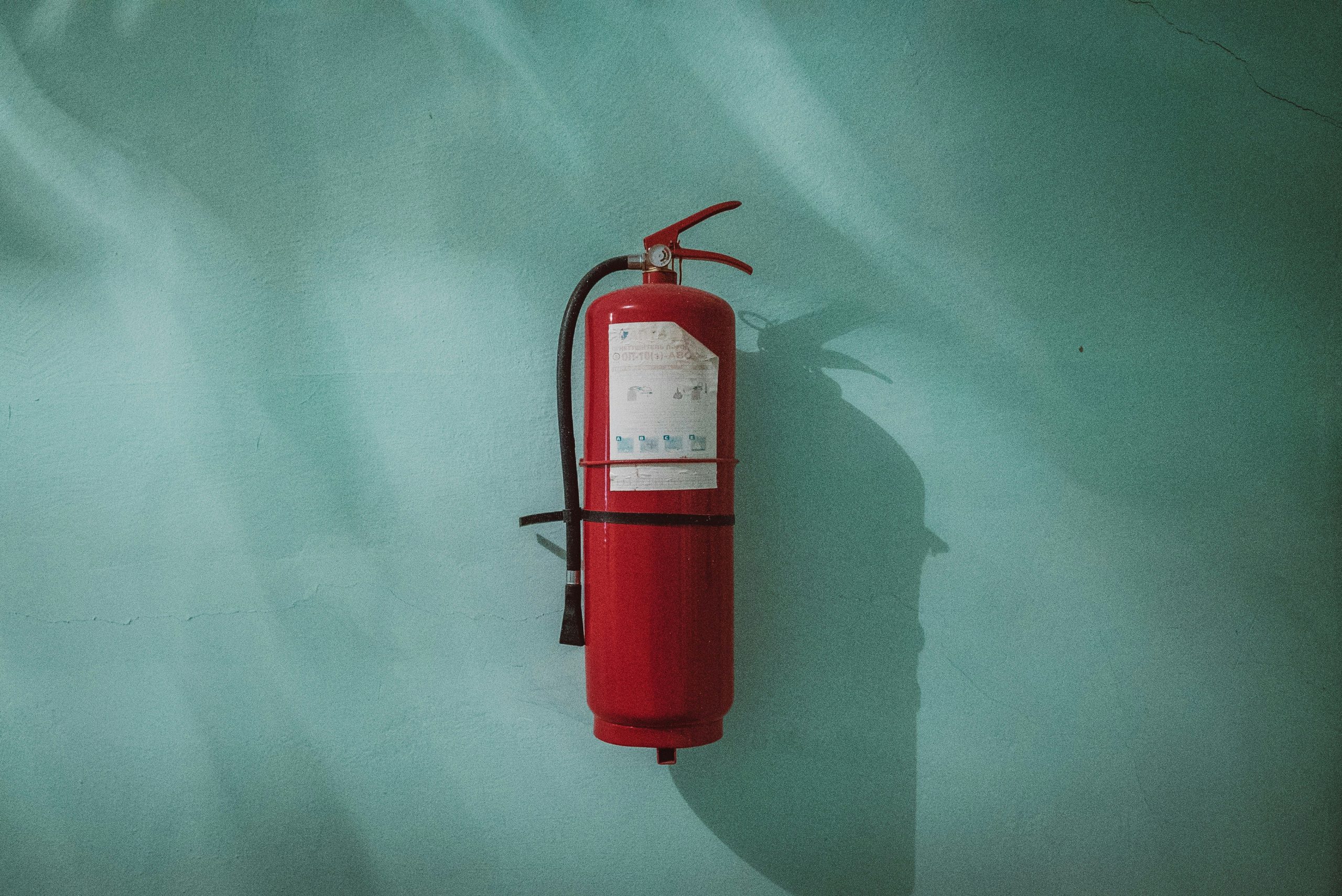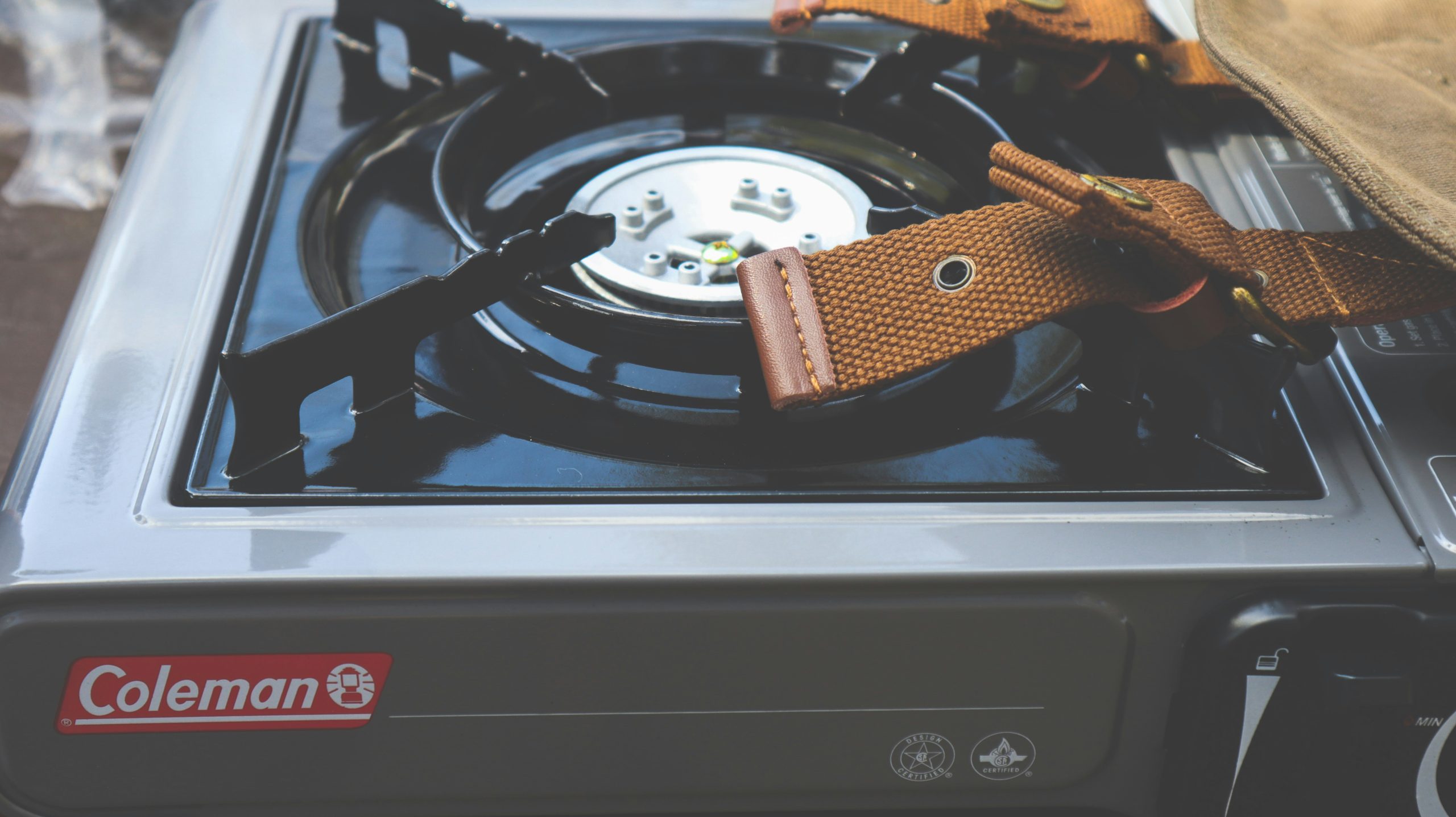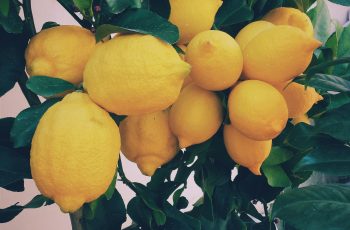Ad Blocker Detected
Our website is made possible by displaying online advertisements to our visitors. Please consider supporting us by disabling your ad blocker.
Imagine you’re in the kitchen, eagerly preparing a delicious meal using your trusty pressure cooker. As the steam builds up and the pressure rises, have you ever wondered what ensures that your kitchen doesn’t turn into a chaotic mess? Well, the answer lies in the small yet essential component known as the safety valve. In this article, we will explore the crucial role of a safety valve in a pressure cooker and how it ensures your cooking experience remains enjoyable and worry-free. So, grab a cup of tea and let’s dive into the world of pressure cooking safety!

Safety Valve in Pressure Cooker
A safety valve is an essential component of a pressure cooker that plays a vital role in ensuring safety during cooking. This article will delve into the function and importance of a safety valve, how it works, its key components, and the significance of pressure release. We will also discuss the role of a safety valve in regulating pressure, the care and maintenance it requires, and the necessary safety measures and precautions to take while using a pressure cooker. Lastly, we will touch upon the qualities to consider when choosing a quality pressure cooker and the numerous advantages of pressure cooking.
Function and Importance of Safety Valve
The primary function of a safety valve in a pressure cooker is to release excess pressure that builds up inside the cooker during the cooking process. As the heat increases and liquids in the cooker turn into steam, the steam exerts pressure on the contents, increasing the pressure within the sealed cooking vessel. If this pressure exceeds a safe limit, it can lead to potentially dangerous situations, such as explosions or accidents.
To prevent such hazards, a safety valve acts as a safety measure by releasing the excess pressure and ensuring that the pressure cooker remains within its safe operating range. This crucial feature ensures that you can cook your meals efficiently without risking your safety or damaging the cooker and its surroundings.
Preventing Excessive Pressure
The release of excessive pressure is a critical function of a safety valve. As the pressure inside a sealed pressure cooker rises, the safety valve comes into action when the pressure reaches a predetermined limit. At this point, the valve opens, allowing steam to escape gradually, thus alleviating the excessive pressure. This prevents the pressure from surpassing the cooker’s safe threshold and protects you and your surroundings from potential harm.
Ensuring Safety during Cooking
Safety valves in pressure cookers are designed to provide you with peace of mind while cooking. They act as a failsafe mechanism to ensure that the pressure inside the cooker remains within safe limits, preventing accidents, explosions, or other hazardous situations. With a properly functioning safety valve, you can confidently use your pressure cooker without the fear of excessive pressure build-up or unexpected mishaps.

How Does a Safety Valve Work?
Understanding the mechanism and design of a safety valve helps to visualize its operation and appreciate its significance in pressure cookers. The following sections will explain how a safety valve effectively releases excess pressure and maintains optimal pressure while cooking.
Mechanism and Design
A safety valve typically consists of a valve body, a spring, a disc or pop-up mechanism, and an adjustment screw. These components work together to regulate the pressure inside the cooker.
The valve body is the main housing of the safety valve, which is usually located on the lid of the pressure cooker. It securely encloses the other components and provides a passage for the steam to escape when necessary.
Release of Excess Pressure
When the pressure inside the cooker reaches the desired limit, it pushes against the disc or pop-up mechanism of the safety valve. This force compresses the spring within the valve, exerting pressure on the valve disc. Once the pressure exceeds the predetermined threshold, the spring’s tension is overcome, causing the valve disc to lift, opening the valve and allowing the steam to escape. As the steam is released, the pressure inside the cooker decreases, bringing it back to a safe level.
Maintaining Optimal Pressure
After the excess pressure is released, the spring within the safety valve returns to its original position, closing the valve. This mechanism ensures that the pressure inside the cooker is regulated effectively, maintaining optimal cooking conditions. The safety valve continuously monitors the pressure levels during the cooking process, providing a constant balance between pressurized cooking and safe pressure release.
Key Components of a Safety Valve
To better understand the functionality of a safety valve, it is important to familiarize yourself with its key components. Each component plays a specific role in the proper operation of the valve, ensuring that it functions reliably and efficiently.
Valve Body
The valve body serves as the main housing for the safety valve, enclosing all the other components. It is securely attached to the lid of the pressure cooker, providing a secure passage for the steam to escape, as required.
Spring
A spring is a crucial component of a safety valve, as it determines the point at which the valve opens. It is designed to exert a specific amount of force when compressed, providing the necessary resistance against the pressure buildup in the cooker. The strength of the spring determines the threshold at which the valve opens to release excess pressure.
Disc or Pop-up Mechanism
The disc or pop-up mechanism is the topmost part of the safety valve that moves when pressure builds up in the cooker. The mechanism is designed to lift or pop up when the force exerted by the pressure against it overcomes the tension in the spring. This movement allows the steam to escape, relieving the excess pressure inside the cooker.
Adjustment Screw
The adjustment screw is a small screw located on the safety valve that allows for fine-tuning and calibration of the valve’s opening pressure. By adjusting the screw, you can set the desired threshold at which the safety valve will open, offering flexibility according to your specific cooking requirements.

Significance of Pressure Release
The pressure release function of a safety valve holds immense significance in the safe operation of a pressure cooker. It plays a crucial role in preventing explosions, accidents, and potential injuries to the users. Let’s explore the importance and benefits of pressure release in more detail.
Preventing Explosions and Accidents
When the pressure inside a pressure cooker exceeds its safe limit, there is a risk of an explosion or other accidents occurring. Excessive pressure can cause the cooker’s seals to fail or rupture, resulting in a sudden release of hot steam and food contents. By providing a way to control and release this excess pressure, the safety valve mitigates the risk of explosions, safeguarding the users and their surroundings.
Protecting Users from Burns or Scalding
Excess pressure release not only prevents explosions but also safeguards users from burns or scalding. If the pressure within the cooker is not adequately controlled, there is a chance that the hot steam and boiling contents could forcefully escape from the cooker, causing burns or scalding. The safety valve ensures that the pressure remains within safe limits, minimizing the risk of such injuries.
Avoiding Damage to Cooker and Surroundings
In addition to protecting the users, the pressure release function of a safety valve helps prevent damage to the pressure cooker itself and its surroundings. Excessive pressure can strain the cooker’s seals, gaskets, or other components, potentially leading to their failure. By relieving the excess pressure, the safety valve helps to maintain the cooker’s longevity and prevents any damage that may occur due to excessive pressure build-up.
Understanding Pressure Regulation
Pressure regulation is a critical aspect of pressure cooking, and a safety valve plays a key role in achieving this balance. Let’s explore how pressure regulation helps in several aspects of cooking.
Protecting Food from Overcooking
A pressure cooker’s ability to regulate pressure is crucial in protecting food from overcooking. By maintaining a constant level of pressure inside the cooker, the safety valve ensures that the food doesn’t get overcooked, leading to loss of texture, taste, and nutritional value. With a properly functioning safety valve, you can confidently cook various dishes, knowing that they will be perfectly cooked every time.
Preserving Nutrients and Flavors
One of the advantages of pressure cooking is its ability to preserve the nutrients and flavors of the food being cooked. Pressure cooking allows for shorter cooking times, which reduces the loss of vitamins and minerals. The safety valve’s role in maintaining optimal pressure prevents excessive heat and pressure that could potentially degrade the nutritional value and flavors of the food.
Efficient Cooking Time
Regulating the pressure inside the cooker also contributes to efficient cooking time. The safety valve ensures that the pressure rises to the desired level and is maintained throughout the cooking process. This helps in faster cooking as higher pressure raises the boiling point of water, resulting in shorter cooking times. By effectively controlling the pressure, the safety valve enhances the overall efficiency of the pressure cooker.
Care and Maintenance of Safety Valve
To ensure the safety valve functions reliably and effectively, it is important to follow proper care and maintenance practices. Regular inspection, cleaning, and handling are necessary to keep the safety valve in optimal condition.
Regular Inspection and Cleaning
Inspecting the safety valve regularly is essential to identify any signs of wear and tear or potential issues. Check for any buildup of debris or food particles that may hinder the valve’s operation. Clean the valve and its components carefully using mild detergent and a soft brush. Ensure that all the components are well-lubricated, free from any residue, and functioning smoothly.
Proper Storage and Handling
When not in use, it is important to store the pressure cooker with the lid open. This prevents the safety valve from getting jammed or stuck due to the pressure applied by the sealed lid. Handle the pressure cooker and the safety valve with care, avoiding dropping or mishandling that may affect its functionality.
Replacement and Repair when Necessary
If you notice any signs of damage or if the safety valve fails to function correctly, it is crucial to replace or repair it promptly. Contact the manufacturer or a certified service center to ensure that genuine components are used for repair or replacement. Do not attempt to repair or modify the safety valve yourself unless you have the necessary expertise.
Safety Measures and Precautions
While a safety valve provides a significant safeguard, it is important to follow certain safety measures and precautions to ensure safe use of a pressure cooker.
Following Manufacturer’s Instructions
Always refer to the manufacturer’s instructions for your specific pressure cooker model. These instructions provide guidelines on how to use the cooker safely, including proper usage, recommended cooking times, and maximum fill levels. Adhering to these instructions will help prevent any potential hazards and ensure optimal safety while cooking.
Avoiding Overfilling the Cooker
To prevent excessive pressure buildup, never fill the pressure cooker beyond its recommended maximum fill level. Overfilling can lead to potential blockage of the safety valve and compromise its ability to release pressure effectively. Always leave enough space in the cooker for steam and expansion to occur during the cooking process.
Proper Placement and Ventilation
Place the pressure cooker on a stable and flat surface to ensure its stability during cooking. Adequate ventilation is crucial to release excess heat and steam generated by the pressure cooker. Ensure that the cooker is placed in a well-ventilated area, away from any flammable objects or materials that could potentially catch fire.
Choosing a Quality Pressure Cooker
When selecting a pressure cooker, it is essential to consider safety features that provide reliable protection. Look for the following qualities and certifications to ensure a high-quality pressure cooker:
Presence of Reliable Safety Features
In addition to a safety valve, a quality pressure cooker should have other safety features such as a locking lid, pressure indicators, and pressure release mechanisms. These features work together to provide comprehensive protection during the cooking process. Choose a cooker that meets safety standards and has positive user reviews.
Certifications and Standards Compliance
Look for pressure cookers that comply with recognized industry standards and carry certifications from reputable organizations. These certifications indicate that the cooker has undergone rigorous testing to ensure its safety and functionality. Examples of certifications to look for include UL (Underwriters Laboratories) and NSF (National Sanitation Foundation).
Advantages of Pressure Cooking
Pressure cooking offers numerous advantages that have made it a popular cooking method. Let’s explore some of these benefits:
Saving Time and Energy
Pressure cooking significantly reduces cooking time compared to conventional methods. The high pressure and increased temperature inside the cooker speed up the cooking process, allowing you to prepare meals in a fraction of the time. This not only saves time but also reduces energy consumption, making pressure cooking an efficient cooking option.
Retaining Nutrients in Food
Pressure cooking’s shorter cooking times help retain more nutrients in the food being cooked. As the cooking time is reduced, fewer vitamins and minerals are lost through prolonged exposure to heat and water. The safety valve plays a vital role in maintaining the right pressure for nutrient retention, ensuring that your meals remain healthy and nutritious.
Versatile Cooking Options
Pressure cookers offer a wide range of cooking options, from soups and stews to rice, meats, and even desserts. The versatility of pressure cooking allows you to experiment with different recipes and try out various cooking techniques. The safety valve ensures that you can explore these cooking options with confidence, knowing that the pressure cooker will safely handle the diverse range of cooking requirements.
Conclusion
A safety valve is an essential safety device that ensures the safe and efficient operation of a pressure cooker. Its function of releasing excess pressure and maintaining optimal pressure is crucial in preventing accidents, protecting users from burns, and avoiding damage to the cooker and its surroundings. Pressure regulation provided by the safety valve allows for precise cooking, preserving nutrients and flavors, and reducing cooking time. By understanding the key components of a safety valve, following proper care and maintenance practices, and taking necessary safety measures and precautions, you can confidently use your pressure cooker for safe and efficient cooking. When selecting a pressure cooker, consider the presence of reliable safety features and certifications that demonstrate compliance with industry standards. Enjoy the advantages of pressure cooking, including time and energy savings, nutrient retention, and versatile cooking options, knowing that the safety valve is there to ensure safe and enjoyable cooking experiences.

